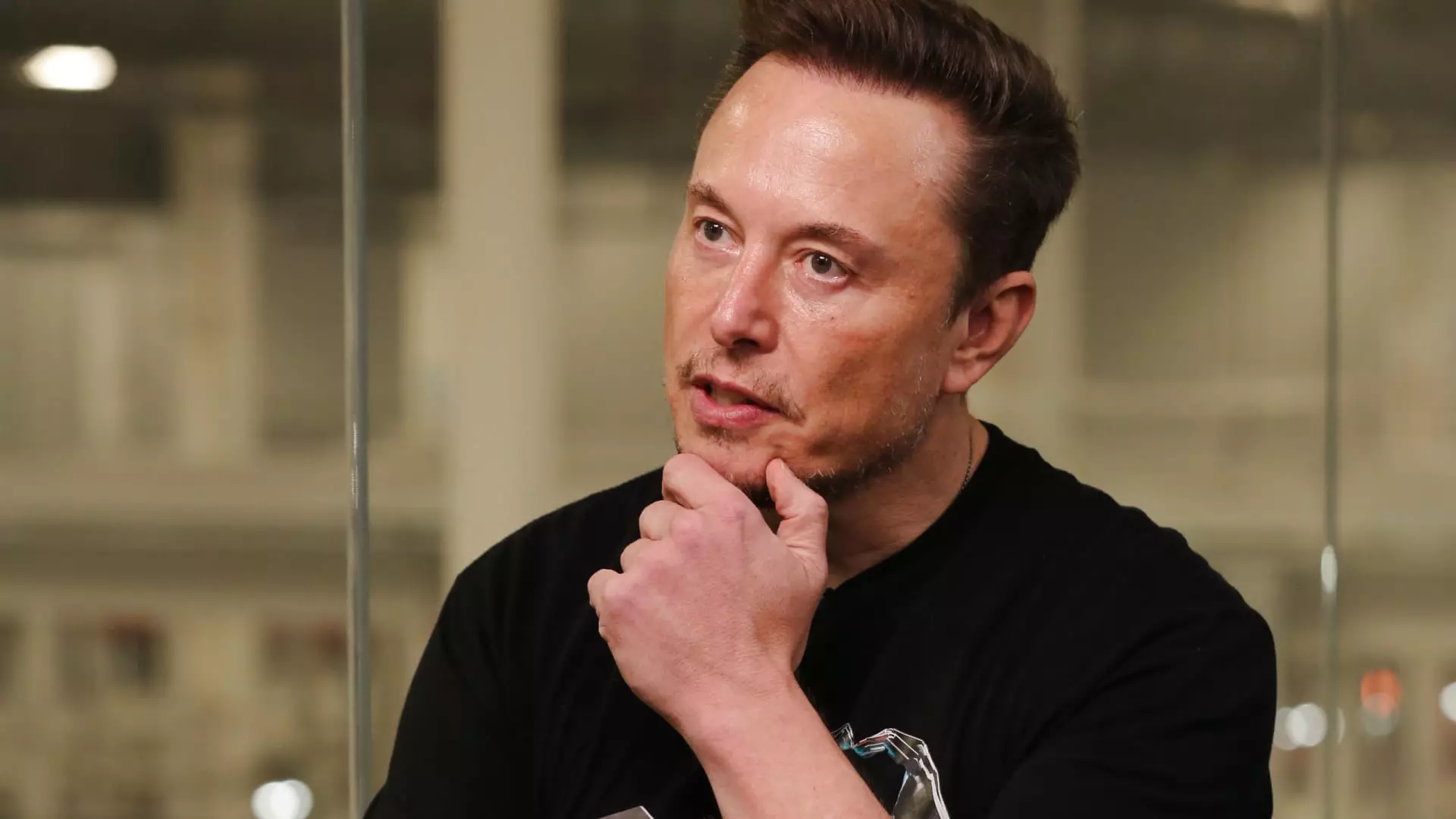Recently, Tesla made headlines with the announcement of laying off more than 10% of its global workforce. This decision was communicated in a memo sent out by CEO Elon Musk. The company cited the need for cost reductions and increased productivity as the primary reasons behind this move. Tesla currently has 140,473 employees, suggesting that a significant number of individuals will be affected by the layoffs. This news has caused the company’s shares to drop by 3% in a single morning, indicating investor concern over the direction Tesla is headed in.
Despite being a pioneer in the electric vehicle industry, Tesla is facing stiff competition in today’s market. China’s BYD temporarily surpassed Tesla as the world’s top EV maker, marking a significant shift in the industry landscape. Companies like Xiaomi have also entered the electric car market, offering more affordable options than Tesla’s models. This increased competition has had a direct impact on Tesla’s sales growth rate, which has slowed down significantly. The company reported its first annual decline in vehicle deliveries since 2020, a troubling sign for a brand known for its rapid growth.
In addition to increasing competition, Tesla has been dealing with a series of challenges that have impacted its operations. Supply chain disruptions caused by external factors like Yemeni Houthi maritime attacks have affected the company’s component supply chain, leading to production delays. The recent incident of suspected arson at a electricity substation near Tesla’s gigafactory in Berlin further added to the logistical challenges faced by the company. These issues have put a strain on Tesla’s operational efficiency, impacting its bottom line and investor confidence.
Tesla’s financial performance has also been under scrutiny, with the company reporting a significant decline in operating margin. The operating margin dropped from 16% to 8.2% in the last quarter, indicating a decrease in profitability. This decline is a cause for concern among investors, who are closely monitoring Tesla’s ability to maintain its financial health amidst increasing competition and operational challenges. The company has warned investors to expect lower vehicle volume growth this year, signaling a potential slowdown in its growth trajectory.
Given the current challenges facing Tesla, it is imperative for the company to rethink its strategy and adapt to the changing market dynamics. The layoffs and cost reductions are a necessary step towards improving operational efficiency and financial sustainability. Tesla needs to focus on innovation, product differentiation, and customer experience to stay ahead in the competitive electric vehicle market. By addressing its internal and external challenges head-on, Tesla can regain its position as a leader in the industry and drive sustainable growth in the future.

